There are nearly 5,000 different species of rust on plants. Rust is a fungal disease that affects almost any vegetable in the garden. Rust diseases thrive in warm, moist temperatures rather than cold temperatures. Look for white, slightly raised spots on the undersides of leaves and stems. These spots become covered with reddish-orange spore masses, eventually turning black and killing the leaf.
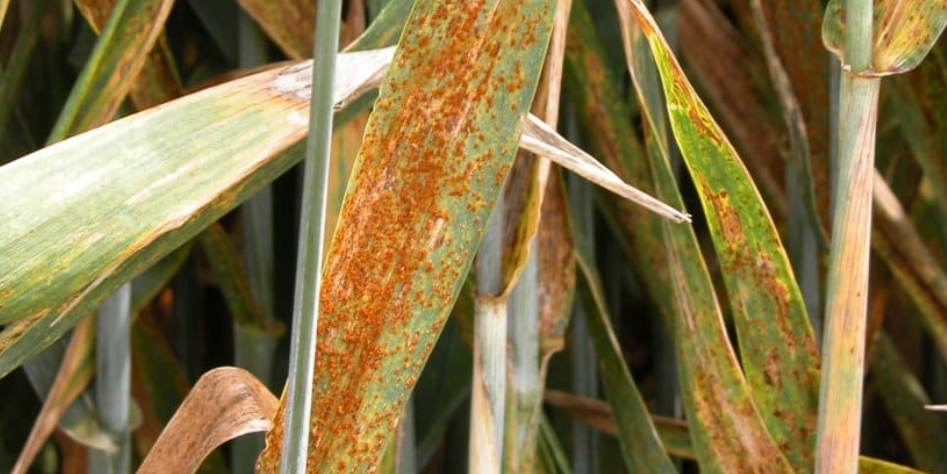
What are Rusts?
Rust or rusts are a group diseases caused by fungus. Rusts affects especially the aerial parts of the plant. The rust can affect the leaves (most common), stem or even flowers.
What are the symptoms of rust?
Rust symptoms vary depending on the type of fungus causing the rust. The following are the most common symptoms of rust.
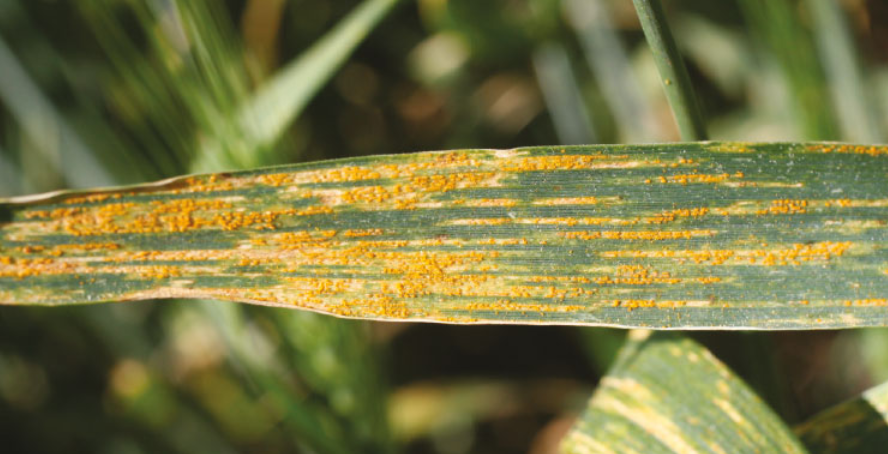
- Yellow, Orange, or brown Spots: These are among the first noticeable symptoms of rust.
- Yellow or orange Pustules or Lesions: Pustules grow especially on the lower side of the leaves. They are most of the time surrounded by yellowish tissue which can rupture to spread to other parts of the crop.
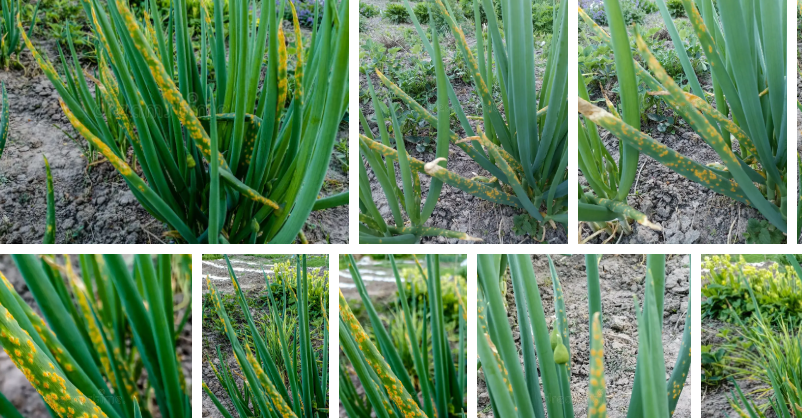
3. Premature Leaf Drop: Infected leaves will often fall prematurely.
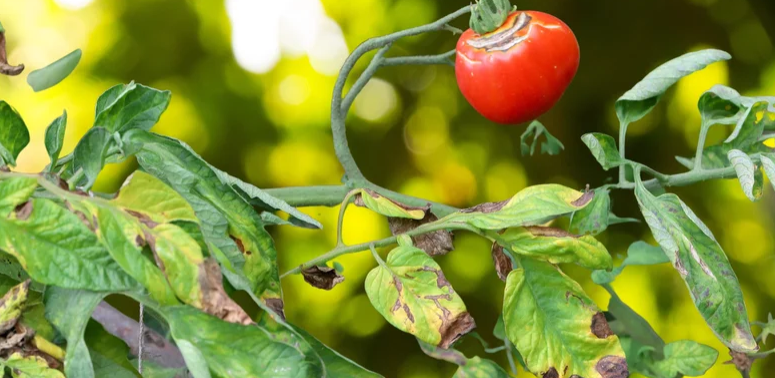
4. Decreased Yield: For crops like wheat, soybean, and coffee, rust infections can lead to reduced crop yield. This is often due to the fungus reducing the plant’s ability to photosynthesize and weakening its reproductive organs, affecting seed or fruit production.
5. Stunted Growth: Rust can retard the plant growth by affecting the plant’s ability to absorb water and nutrients.
6. Red-brown Marks on Stems.
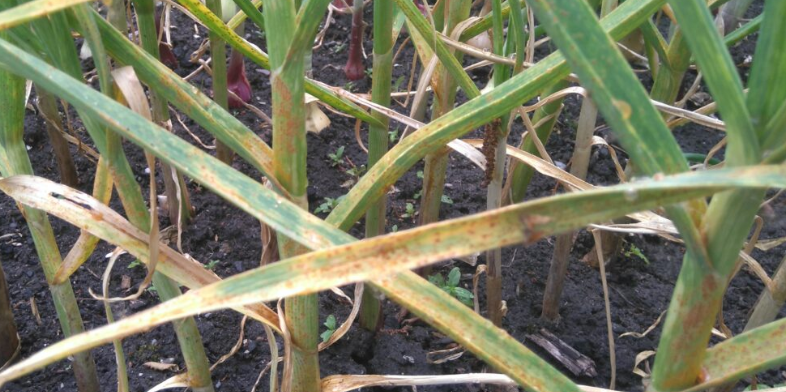
How do we Prevent and treat Rust Organically
Treating rust in crops organically involves using methods that are safe, beneficial, and ecosystem-friendly. Several organic treatments can help control and treat rust fungal infections. Prevention before infection is the key gold for serious organic farmers. The following are some organic methods of rust prevention and treatment.
1. Select rust-resistant plant varieties.
Selecting rust-resistant plant varieties is one of the most effective ways to prevent and manage rust diseases in your garden. Rust-resistant varieties ensures:
- Reduced Disease Pressure
- Lower Need for Fungicides
- Increased Yield
- Sustainable Farming
2. Pick off and burn infected leaves
Rust disease produces spores easily dispersed by wind, water, or insects. When these spores are unchecked, they can infect other plants, rapidly spreading the disease. Removing and burning infected leaves helps prevent the spores from spreading.
3. Water in early morning.
In the event that you depend on irrigation, it is best to water in the morning so that you allow the crop to dry well during the day. Using drip irrigation is best to keep leaves dry.
4. Avoid excess nitrogen.
Avoid excess nitrogen which promotes the quick new growth that is most susceptible to rust, until the disease is taken care of.
5. Apply all-natural copper-fungicide or sulfur powders
Copper or sulfur helps to prevent infection of susceptible plants. Do not wait too long before you apply copper. Spray as soon as the sign of the disease appears.
6. Pruning to Encourage good air circulation.
Staking and pruning help in improving the air circulation. This in turn helps to slow the spread of the disease.
7. Organic Mulching
Applying organic mulch helps to prevent soil splashing onto the leaves thereby reducing the spread of rust spores from the soil.
Conclusion
By using a combination of these methods, you can effectively manage rust in your crops organically. The key is early detection, regular monitoring, and maintaining overall plant health to prevent the fungus from taking hold.
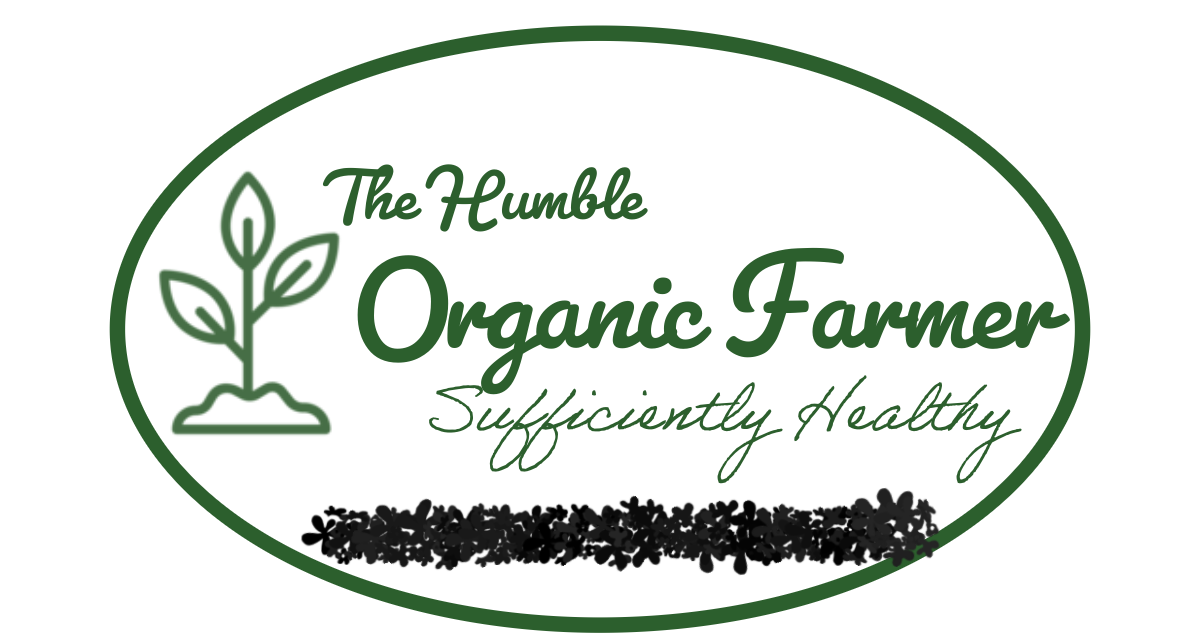
Very good https://is.gd/N1ikS2
Awesome https://is.gd/N1ikS2
Very good https://is.gd/N1ikS2